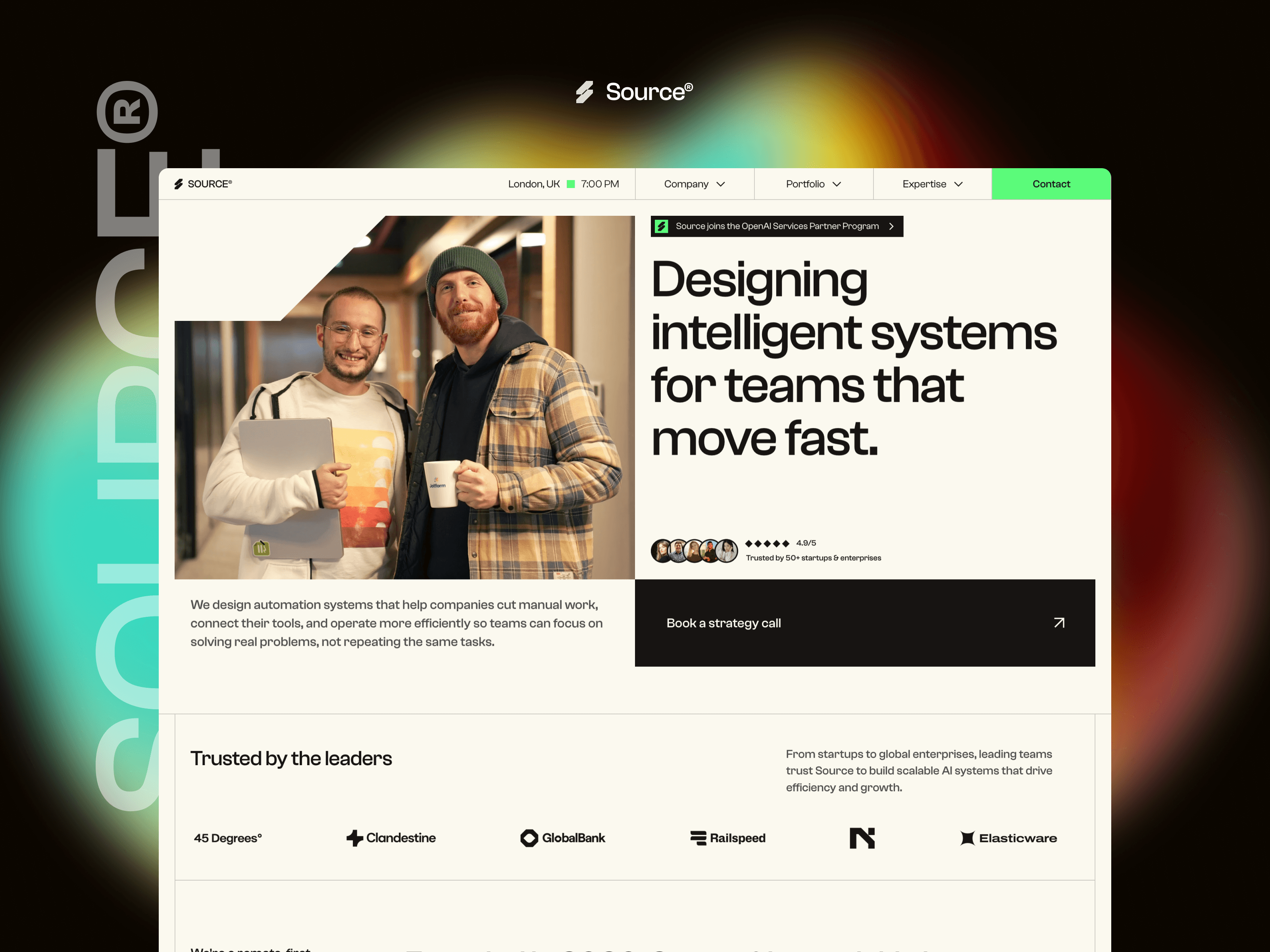Why Strategic Design Drives Better Business Results
Learn how thoughtful, conversion-focused design isn’t just about aesthetics—it’s a business tool that drives clarity, trust, and measurable outcomes.
Feb 9, 2025
Amelia Hyeon
//
Brand Strategist
Most websites and brands fail to convert not because of poor visuals, but because they lack clarity, consistency, and a clear message. Good design bridges that gap between your business goals and user behavior.
Companies that invest in design outperform their peers by 219% on the S&P Index, proving that design is more than a cost—it’s a competitive asset.
The Real Price of Unintended Design
Design without a strategy leads to confusion, brand inconsistency, and user drop-off. Users don’t trust what they don’t understand—and poor UX erodes credibility faster than you can fix it.
Wasted design resources also result in constant redesign cycles that slow momentum and drain marketing budgets.
Where Strategic Design Delivers Maximum Impact
Strategic design aligns user intent with business objectives. It guides visitors clearly through the user journey, ensures brand consistency across channels, and increases both trust and conversions.
We design with purpose—from typography and color to layout and motion—to deliver a high-impact experience that drives results.
Key ways strategic design delivers measurable ROI:
increasing time on site and reducing bounce rates
boosting conversion rates through intuitive user flows
improving brand perception and customer trust
shortening the sales cycle with clear, goal-oriented messaging
The Strategic Advantage of Design-Led Thinking
Design-led companies move faster, test smarter, and stay more aligned with customer needs. A design-first mindset enables better collaboration across teams and clearer communication with your audience.
It’s not just about what looks right—it’s about what feels right, works right, and sells right.
Implementation Without Disruption
We don’t drop in a new look—we embed design thinking into your workflow. Whether rebranding or redesigning a website, we begin with user research, business objectives, and cross-functional input.
Our process ensures the final product is not just beautiful—but purposeful and effective.
Conclusion
Design isn’t decoration. It’s a business asset that translates vision into experience. In a competitive market, strategic design is the difference between getting noticed and getting chosen.
The brands that win today are the ones that build experiences people actually want to engage with.
More blogs.
Explore our collection of insights — from quick, actionable tips to in-depth explorations of design, development, and the evolving world of digital work.








